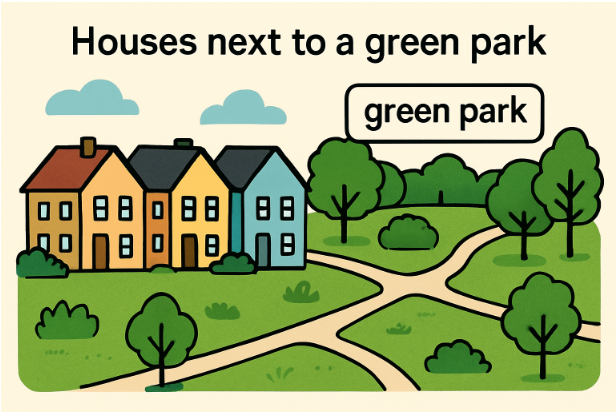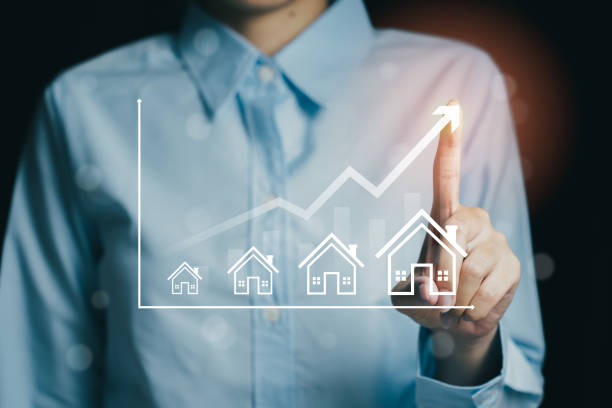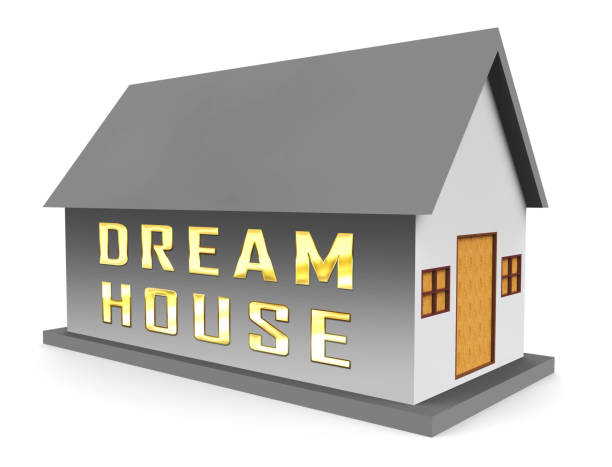Contents
Key Takeaways
- Proximity to well-kept parks and green spaces can boost property values by 10–20%.
- Neighborhoods rich in green amenities benefit from greater economic and psychological well-being.
- The maintenance and quality of green spaces are crucial to maximizing these benefits.
- Urban planning that integrates green areas is vital for sustainable growth and community health.
Table of Contents
- The ‘Proximity Premium’ Phenomenon
- Economic Ripple Effects of Green Spaces
- Psychological and Social Benefits
- Quality and Maintenance Matter
- Urban Planning and Future Developments
- Conclusion
Green spaces and parks are often viewed as more than just areas for recreation—they contribute to a community’s overall quality of life. Access to these natural settings provides residents with opportunities for exercise, relaxation, and social interaction, all enhancing neighborhood appeal. Families, professionals, and retirees alike value environments that balance urban convenience with the calmness of nature, making such surroundings highly desirable in urban and suburban areas.
Well-maintained parks can also influence housing dynamics, as people are increasingly mindful of lifestyle factors when choosing where to live. For example, those browsing homes for sale in San Francisco often consider proximity to green spaces as part of their decision-making process. Neighborhoods near parks frequently attract higher interest, reflecting the demand for communities supporting wellness and livability.
The ‘Proximity Premium’ Phenomenon
Real estate experts have coined the term “proximity premium” to describe the increase in property values found near parks and green spaces. Research from the National Recreation and Park Association and academic institutions such as the University of Washington has quantified this effect: homes located within a quarter-mile of a park are valued on average between 10% and 20% higher than similar homes farther away. In cities like New York, for instance, this added value translates to tens of thousands of dollars for urban homeowners. Similarly, cities like Portland, Oregon, have reported value increases of up to 15% for homes bordering green corridors versus those isolated from such amenities.
Economic Ripple Effects of Green Spaces
The economic impact of parks stretches well beyond individual homes. When large-scale, accessible green spaces are incorporated into neighborhoods, they can transform entire city districts, increasing tax revenues, encouraging the opening of new businesses, and attracting new residents. Philadelphia’s 10,000 acres of parkland, for example, contribute roughly $220 million in added value to local properties, resulting in significant annual tax income for the city. In East Baton Rouge Parish, properties near major parks saw an increase of £20 million in collective value, which yielded £1.5 million in recurring property taxes each year, funds that can be reinvested in schools and infrastructure.
Psychological and Social Benefits
In addition to financial incentives, access to green spaces offers a bounty of psychological and social rewards. Research consistently demonstrates a strong correlation between time spent in nature and improved mental health outcomes. Reduced stress, lower levels of depression, and greater happiness are all linked to regular visits to parks or even daily walks among trees. Furthermore, parks promote a sense of community and strengthen neighborhood bonds by serving as gathering spots for families, friends, and local groups. These communal spaces boost safety and unity within the neighborhood, making green areas precious community resources.
Quality and Maintenance Matter
While proximity is important, the true value of a green space — and, by extension, its impact on nearby home values — depends heavily on the quality and maintenance level of the park. Parks equipped with modern amenities such as walking trails, sports fields, playgrounds, and water features attract more visitors and sustain higher neighborhood values. Poorly maintained parks, on the other hand, can have the opposite effect, deterring new buyers and diminishing the overall appeal of nearby real estate. Investment in maintenance and improvement is critical for cities looking to capitalize on the power of green infrastructure.
Urban Planning and Future Developments
As cities grow and densify, forward-thinking urban planning is essential to ensure that green space remains an integral part of community design. Recent projects in cities like Atlanta have set new standards in this area, with increased investment in parkland and initiatives to make school playgrounds accessible outside school hours. Such strategies have paid off, boosting Atlanta’s rank in national green-space assessments and making the city more livable for residents of all ages. This approach is echoed globally, from Singapore’s “city in a garden” master plan to numerous revitalization projects across Europe and North America. Urban planners and city officials should look to these examples as they seek to balance growth with sustainability.
Conclusion
Green spaces are more than just pleasant amenities—they are powerful drivers of home value, well-being, and neighborhood prosperity. For buyers, sellers, and real estate investors alike, the evidence is clear: proximity to carefully maintained parks is a crucial factor in determining both quality of life and the future value of your investment. Cities that prioritize and maintain accessible green areas are laying the foundation for healthier, happier, and wealthier communities in the years ahead




